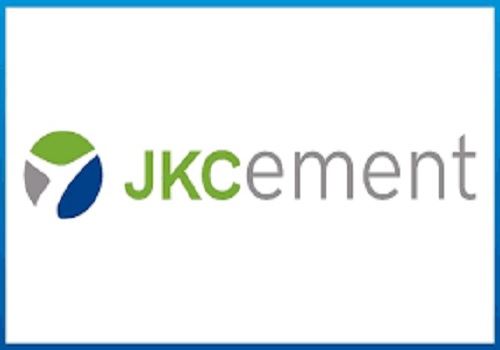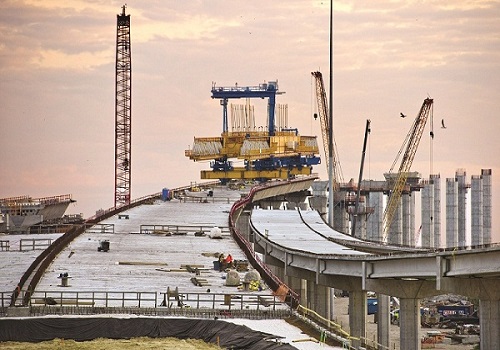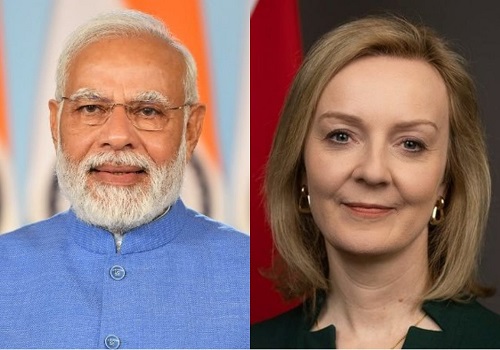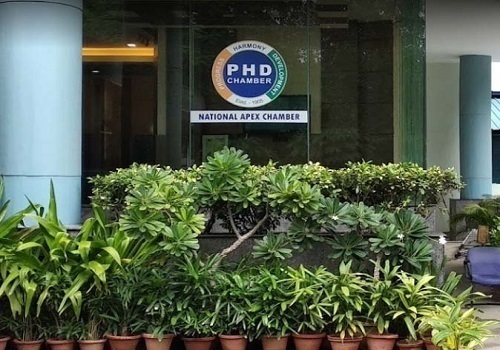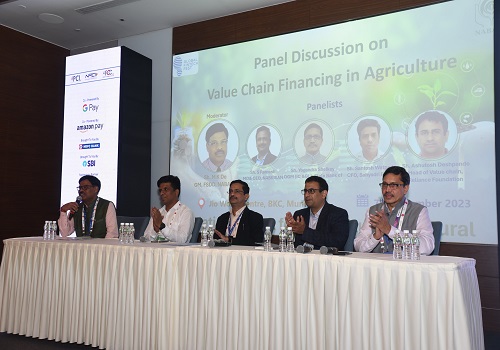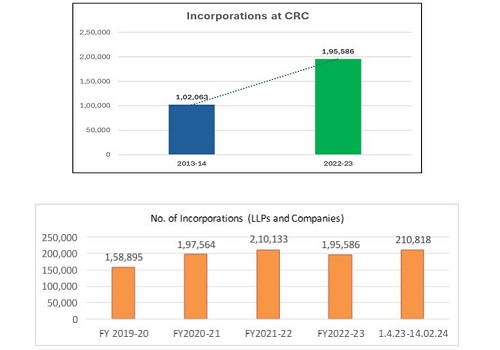India Strategy - Expert series: Bold fiscal support needed to spur private sector By JM Financial

Follow us Now on Telegram ! Get daily 10 - 12 important updates on Business, Finance and Investment. Join our Telegram Channel
https://t.me/InvestmentGuruIndiacom
Download Telegram App before Joining the Channel
Expert series: Bold fiscal support needed to spur private sector
JM Financial hosted an interaction with Mr Mahesh Vyas, MD & CEO of CMIE, to gauge the outlook for India’s economy and industry. The context was a follow-up to our theme ‘Outlook 2022: Spotlight shifts to endogenous revival’ (Jan 16, 2022) wherein we highlighted that household consumption and corporate capex would define corporate earnings growth. The upshot of the discussion was that it is premature to expect the private sector’s impulses to self-sustain; hence, government spending needs to be aggressive, without worrying about credit rating implications.
* There is a demand problem because of sustained weakening in household income generation, employment, and labour participation rate (LPR) due to not just the pandemic impact but also the previous shocks, and the inability of policy communication to spur entrepreneurial intent. Compared to two years ago, about 2% of the working age population is not seeking work, which makes the effective unemployment rate higher than the reported 8%. The decline in LPR is primarily emanating from women and the young population (19-25 years bracket). Consumer sentiment index is 40% lower than pre-Covid and the biggest gap is in private consumption spending. Households aren’t participating in discretionary spending since wages haven’t increased. NPAs on retail loans will definitely rise.
* Deleveraging of corporate balance sheets amid gains in operating cash balances of large companies is not a good enough reason to catalyse private capex as both demand and capacity utilisation remain low. The PLI scheme is also a disaster, as it is a subsidy plan for industrialists, who don’t want to invest; it is not for the SME sector, which is the need of the hour.
* Fiscal strategy to support the demand side is crucial; initiatives such as increase in MSME credit, stepped-up MNREGA, and the food distribution programme were necessary to confront the pandemic shock but have not been good enough to sustain the recovery cycle. The government has been very conservative on spending despite good tax revenue collections, which is incomprehensible.
* We require stepped-up government spending for two years, including revenue spending; simultaneously, the government has to come up with a credible medium-term fiscal consolidation plan. Unless we have a supportive fiscal plan, chances of a self-sustaining growth cycle that realises the demographic dividend look weak.
* Question and answers:
* Are we facing unemployment issues as a fallout of GST, which has shifted labour from SMEs to the organised sector: The GST-led dislocation is not a major issue. Shift of labour force to the organised sector should typically induce structural benefits. For instance, India’s liberalisation in the 1990s displaced the computer assembling industry, which got replaced by the software sector boom that created large-scale formal sector jobs. Following GST implementation, a number of inefficient industries have perished, but Indian companies didn’t take advantage of the situation by venturing into more efficient industries. Indian companies have a bias towards capitalintensive businesses rather than labour-intensive ones.
* Where do you think the government can actually invest and spend on to revive the economy? Instead of introducing schemes such as PLI and Make in India, and be dependent on protectionism, the government should think out of the box and spend on ways that will create new investments.
* Can wealth disparity between rich & poor be corrected? This is a structural problem that pervades the world over. The tax structure is tilted in favour of companies and the wealthy, with the tax incidence higher on wage earners. The idea has always been that tax breaks can improve profitability, attract investments, spur growth, employment and wage growth. In the Indian context, corporates taxes are kept at 25% while wage earners pay 33%. There are tax breaks for capitalists, and it will always remain lower, but no major breaks for wage earners. This distortion is unlikely to change in the foreseeable future whereas it is desirable to reduce the tax incidence on households, thereby increasing disposable income that can spur the demand side.
* What is the risk of retail NPA re-emergence given that average compensation growth in the formal sector has been lower than retail lending growth? Yes, NPAs on retail loans will definitely increase since the moratorium has come to an end.
To Read Complete Report & Disclaimer Click Here
Please refer disclaimer at https://www.jmfl.com/disclaimer
CIN Number : L67120MH1986PLC038784
Above views are of the author and not of the website kindly read disclaimer







